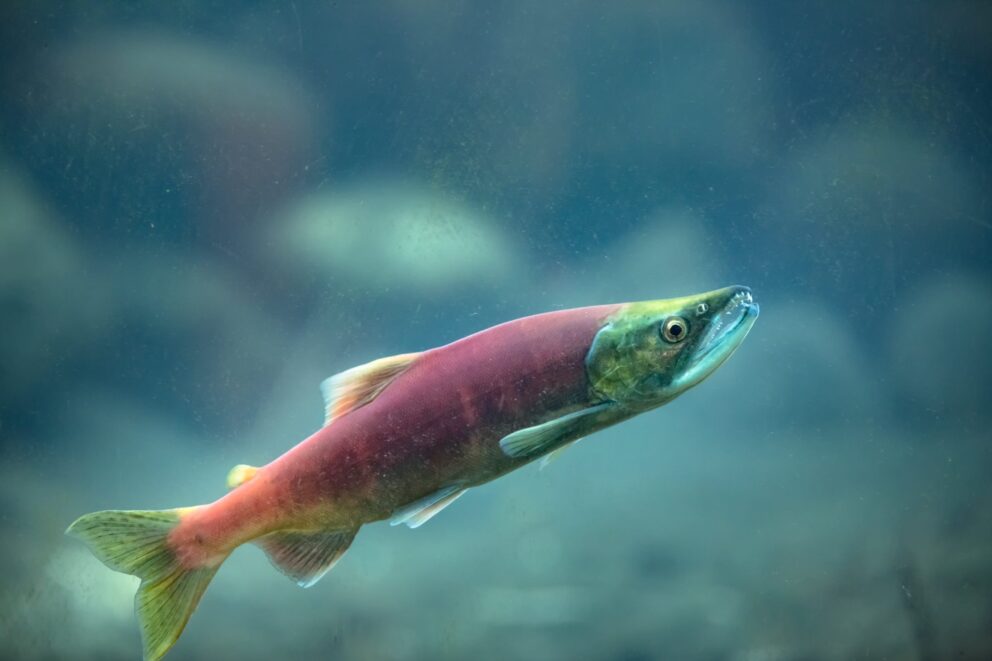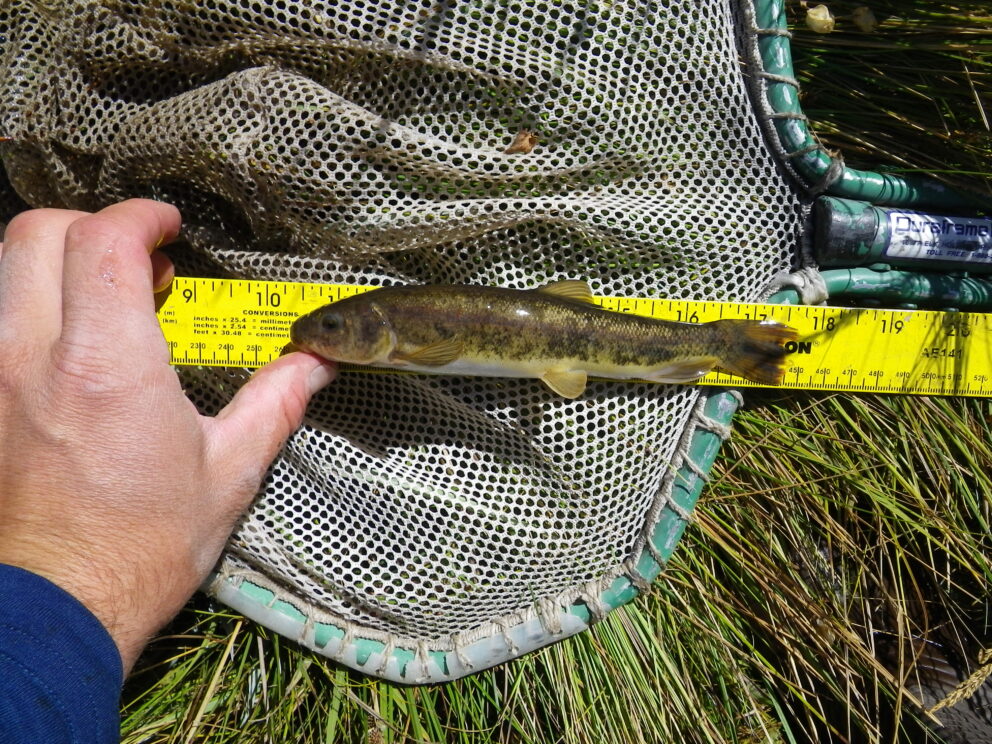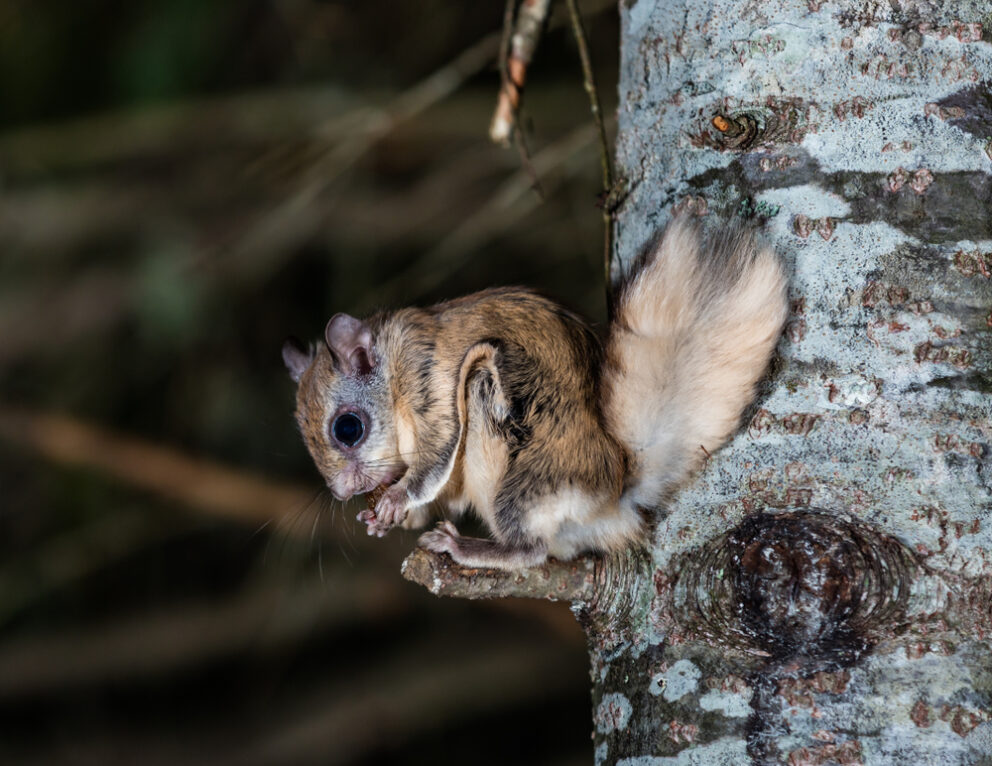- SCIENTIFIC NAME
- Oncorhynchus nerka
- CLASSIFICATION
- Fish
- LIFE SPAN
- 4-8 Years
- SIZE
- 10-26” | 2-5lbs
- STATE CONSERVATION STATUS
-
- Unprotected
- FEDERAL CONSERVATION STATUS
- Least Concern
- GAME STATUS
- Game
- Washoe
- Humboldt
- Pershing
- Churchill
- Mineral
- Lyon
- Douglas
- Carson City
- Storey
- Elko
- Lander
- Eureka
- White Pine
- Esmeralda
- Nye
- Lincoln
- Clark
Habitat & Range
Kokanee are found in freshwater rivers, lakes and streams.
Threats
- Bears
- Birds
- Humans
- Larger Fish
Natural History
Originally native to the river systems of the Pacific Northwest, Canada and Alaska, the Kokanee was introduced into landlocked fresh water in the early 1900’s. In Nevada, Kokanee can be found in Lake Tahoe and tributaries to Lake Tahoe during its fall spawning period. Spawning from August until January, they will usually spawn in gravel bars or lakeshores if needed.
Preferring zooplankton, their food will change as the fish grows larger. However, the Kokanee typically will not feed during the spawning process but has been known to still strike a lure. They are best suited for high, cold, and large mountain lakes and move deeper in the water as the surface temperatures rise about 60 degrees.
Fun Facts














